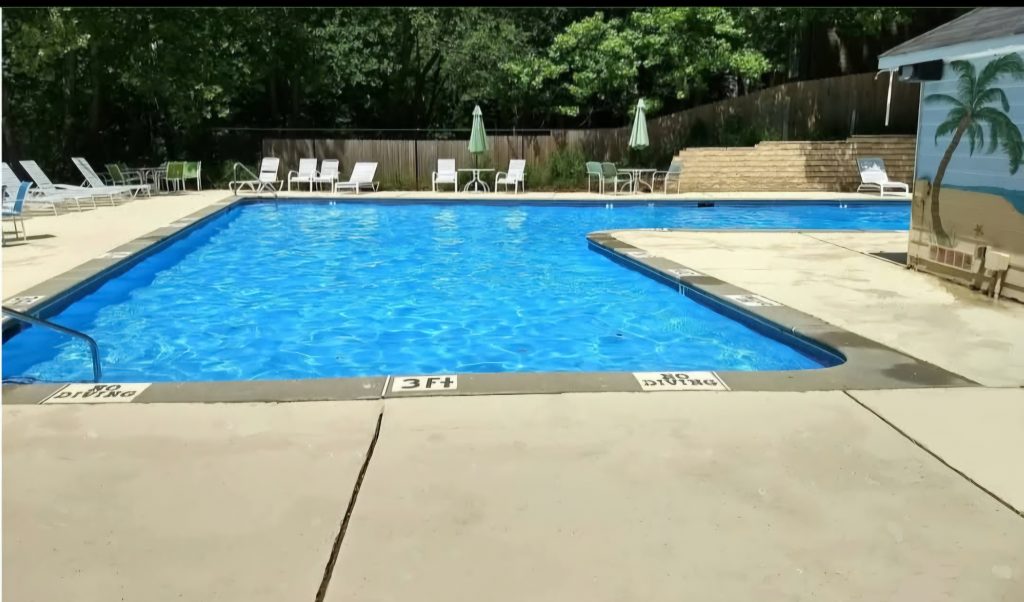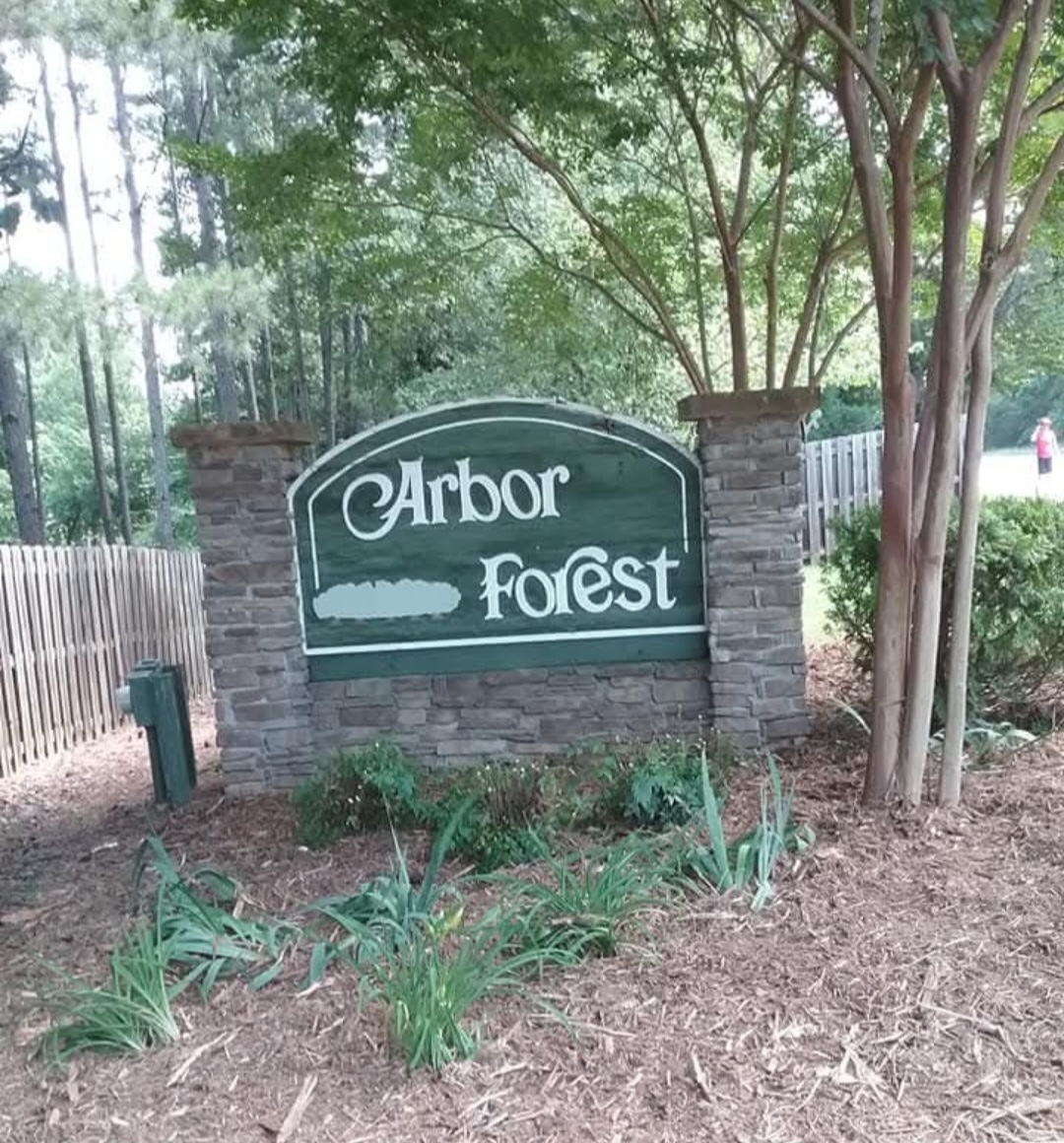Effective communication is the foundation of a well-managed and engaged homeowners association (HOA). Clear, consistent, and transparent communication helps build trust, prevent misunderstandings, and encourage homeowner participation. By utilizing multiple communication channels, maintaining regular updates, and fostering open dialogue, HOAs can keep residents informed and involved in community decisions. Whether through newsletters, meetings, social media, or dedicated online portals, adopting best practices in communication ensures that important information reaches all homeowners efficiently. Implementing these top tips can strengthen relationships, improve transparency, and create a more connected and harmonious community.
“A community that talks together, grows together.” — Unknown
Effective communication is key to building trust, preventing misunderstandings, and encouraging homeowner participation within an HOA. When residents receive clear, timely, and transparent updates, they feel more informed and confident in the board’s decisions, fostering a sense of trust and accountability. Open and consistent communication also helps prevent misunderstandings by ensuring that policies, maintenance schedules, and community expectations are clearly conveyed. Furthermore, when homeowners feel heard and well-informed, they are more likely to participate in meetings, volunteer for committees, and contribute to the overall success of the community. By prioritizing strong communication, HOAs can create a more engaged, cooperative, and harmonious neighborhood.


HOAs can improve communication by using multiple channels to reach all residents effectively. Regular newsletters, emails, and community websites provide consistent updates on policies, events, and maintenance schedules. Social media groups and mobile apps offer real-time engagement, allowing homeowners to ask questions and stay informed. Hosting open meetings and Q&A sessions fosters transparency and gives residents a platform to voice concerns. Additionally, clear and concise messaging helps prevent confusion, while feedback surveys encourage homeowner input. By prioritizing accessibility, responsiveness, and transparency, HOAs can strengthen communication, build trust, and create a more connected community.
Wrapping Up with Key Insights
Continuous improvement in communication is essential for a successful and well-connected HOA. Being open to suggestions from homeowners fosters a culture of transparency and collaboration, ensuring that communication methods evolve to meet the community’s needs. Encouraging feedback through surveys, meetings, and direct engagement allows the HOA to refine its approach and address any concerns. By actively listening to residents and implementing effective communication strategies, the HOA can build trust, enhance participation, and create a stronger, more unified community. Embracing new ideas and staying adaptable will ensure ongoing success in keeping homeowners informed and engaged.


Leave a Reply